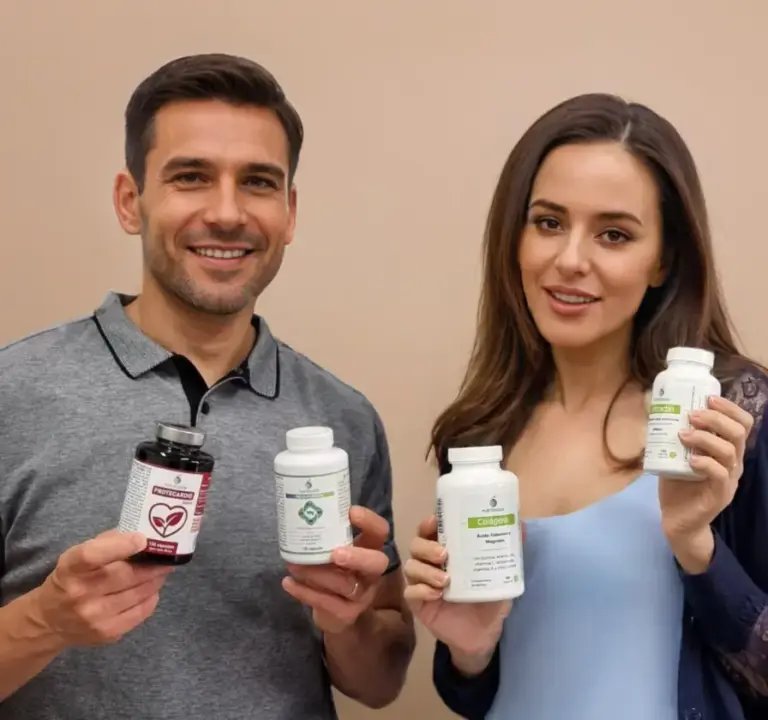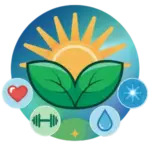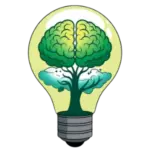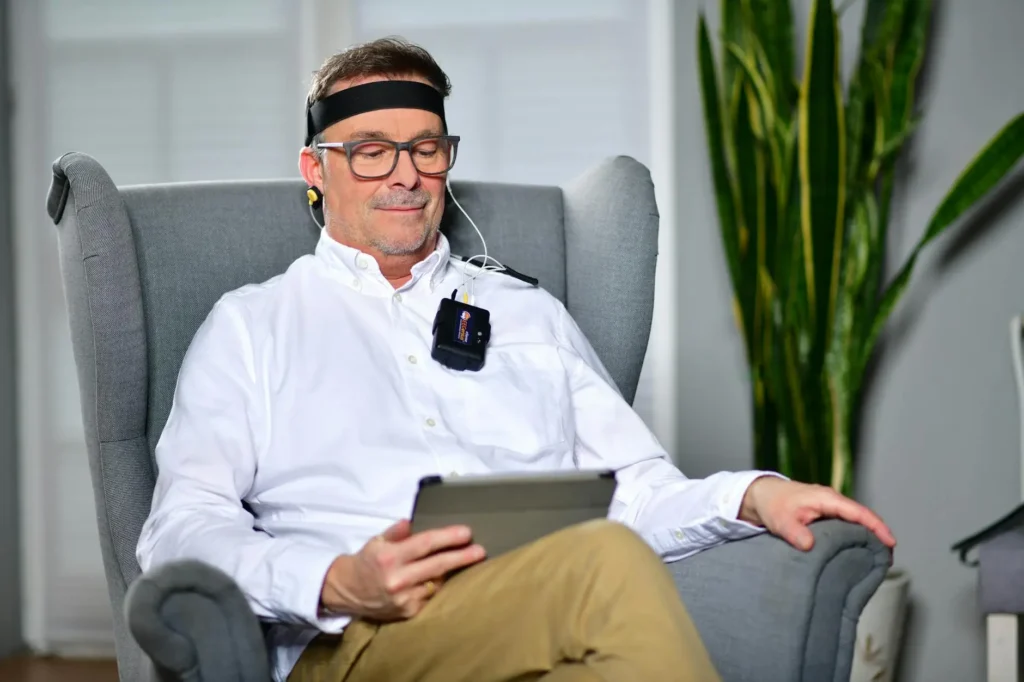Waking up refreshed does not depend only on the number of hours slept. A study in Revista da Escola de Enfermagem da USP 2025, conducted in an intensive care unit, showed that the environment and small stimuli can greatly influence the quality of rest. Fifty-nine patients with heart failure participated in a protocol where the positive experience increased when early mobilisation was combined with immersive virtual reality, according to their own assessments.
These findings suggest that environmental and sensory cues prior to sleep make a difference. It’s not magic, but physiology: the body responds to routines, soft lights and specific foods or nutrients. The message is clear: we can create conditions for deeper sleep and rest from the everyday.
The science behind environment and rest
The study compared two groups: one group performed traditional physical exercise and the other added the experience of virtual reality, creating an immersive atmosphere before bedtime. More than 93% in the intervention group rated the experience as “good or excellent”, compared to 83% in the control group. The technological innovation mainly influenced positive psychological feelings (relaxation, stress avoidance), but also favoured perceived physical performance during their hospital stay.
The researchers concluded that small sensory interventions can enrich the subjective perception of rest even in difficult contexts such as an ICU. Although the objective differences were modest, the emotional impact was relevant for the patients.
Nighttime rituals, dim light and nutrition: the language of the body
Our biology translates external signals into internal responses. In the evening, reducing exposure to blue light, eating a light dinner and avoiding screens helps synchronise the release of melatonin, the hormone that marks the start of the sleep-wake cycle. Including foods rich in tryptophan (such as oats or nuts) reinforces this physiological process.
Plants such as valerian or chamomile have been known for centuries for their ability to induce calm without dependence or residual effects on waking. Thus, nocturnal rituals add little pieces to the choreography of natural rest.
When rhythm needs support: how 4Sleep fits in
Sometimes factors such as prolonged stress, hormonal changes or travel alter our internal clock. At these times it can make sense to seek support that respects the natural physiology of sleep. 4Sleep, developed by Nutribiolite, follows this logic: it combines melatonin (1 mg), recognised by European authorities as an adjuvant for initiating sleep, with 5-HTP extracted from Griffonia simplicifolia, a direct precursor of serotonin and melatonin. It also contains standardised extracts of valerian and chamomile to promote relaxation without generating dependence or daytime drowsiness.
This formula accompanies existing internal rhythms and can be useful when habits alone are not enough to restore restorative sleep and rest.

Melatonin 1 mg and 5-HTP with relaxing plants.
Frequently asked questions about sleep, rest and 4Sleep
How does 4Sleep act on the natural sleep cycles?
4Sleep supports the physiological onset of rest thanks to its melatonin (1 mg), while 5-HTP boosts the internal production of serotonin-melatonin. Its plant extracts help calm the mind and body without chemical sedation.
What is the difference between taking melatonin alone or using a complete formula?
Unlike melatonin-only products, 4Sleep also integrates 5-HTP (direct precursor) and standardised extracts of valerian and chamomile to support both the natural onset and maintenance of sleep.
Does it produce drowsiness or a heavy feeling on waking?
No. By using low doses of melatonin and relaxing plants with no residual sedative effect or risk of dependence, you can wake up feeling light and clear-headed.
When is it worth considering a supplement like 4Sleep?
It makes sense if your night-time habits are already good but factors such as chronic stress or time changes disturb your natural rhythm. Always consult with specific questions or concomitant medication.
Is it safe to combine it with foods rich in tryptophan?
Yes. Foods such as nuts or oats provide tryptophan, the initial precursor in the chain towards endogenous melatonin. Their combination reinforces the physiological pathway with no known risks when the recommended dose is followed.
This content is for information only and does not replace the advice of a health professional.
















